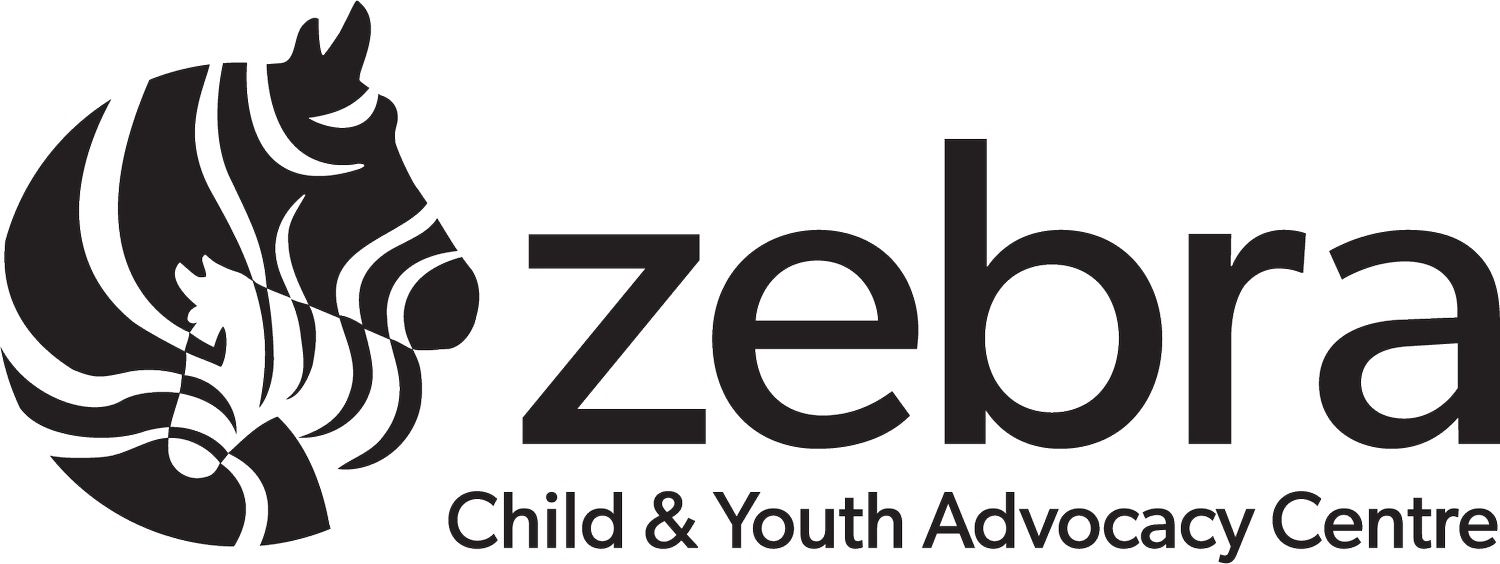Recognizing Red Flags of Child Abuse
Trauma of abuse impacts each child and youth differently. Edmonton Police Service Detective Zalaski shares some red flags to look out for, and how to ensure we are all standing up for the children and youth in our life.
At the Zebra Centre, caregivers will often wonder how abuse went unnoticed. It is important to understand that abuse is gradual, and not instantaneous; an offender will often groom the child slowly, before working up to offending upon them. Because of the nature of child abuse, parents and guardians need to be aware of red flags—these aren’t absolute signs that a child is being abused, but they can be used as a potential indicator that something is happening within a child’s life that needs to be explored further.
There are three kinds of red flags to look out for:
Physical, emotional, and behavioural.
Physical red flags may be bruises or cuts on a child’s body that don’t line up with a child’s activity or play, or that appear in odd places.
Emotional red flags can be any unusual behaviour for a child; they could be confrontational or withdrawn, or any stark change from their usual demeanour. As well, they may lose interest in things that they used to love and be passionate about. Any stark changes in behaviour or behaviours that are unusual for that child may be emotional red flags.
Behavioural red flags typically manifest as “acting out”. Using dolls, toys, or their own bodies, children may imitate or “act out” the incident of abuse; they may also “act out” upon others.
These red flags may appear differently for each child, but parents and guardians should be watchful for changes in behaviour and demeanour. However, red flags do not always mean an act of abuse has occurred. Instead, a red flag should gather a parent or guardian’s attention and let them know a conversation with their child is necessary, to further explore these behaviours and the reasons behind them.
Asking children about red flags can be difficult. Some children may not want to talk, and that’s okay—as trusted adults, it’s important not to pressure them if they don’t feel comfortable. However, you should strive to establish an open, ongoing dialogue with them. Listening is key: even if it’s a story about a picture they’ve drawn, active listening is critical in fostering an open, trusting relationship. By engaging in active listening, you can demonstrate to children that no matter how big or small the story, they can come to you. It’s also important to remember as a parent or guardian that a child may tell another adult they trust, such as a teacher or a coach.
Every adult, be it a parent, guardian, teacher, or coach, has a responsibility to keep children safe. Any and all disclosures of abuse should be taken seriously. Whether a child has disclosed to you directly, or if you suspect abuse is occurring based on red flags, it legally must be reported. To report child abuse, refer to your local police service or child abuse tip line, or the resources located at the end of this post.
In summary: though red flags are not necessarily signs of abuse, they are important to be aware of. Knowing what to look for is the first step in protecting children. Maintaining open communications with children, and listening, no matter how big or small the story, is critical to ensuring they feel safe and able to disclose if abuse is taking place. As trusted adults, we all have a responsibility to report suspected or known abuse, and to protect the children in our lives.
Resources to Report Abuse
Edmonton Police Service: 780-423-4567
RCMP (Royal Canadian Mounted Police): Your local detachment
Child Abuse Hotline: 1-800-387-5437
Crime Stoppers: 1-800-222-8477
Online exploitation tip line: cybertip.ca

